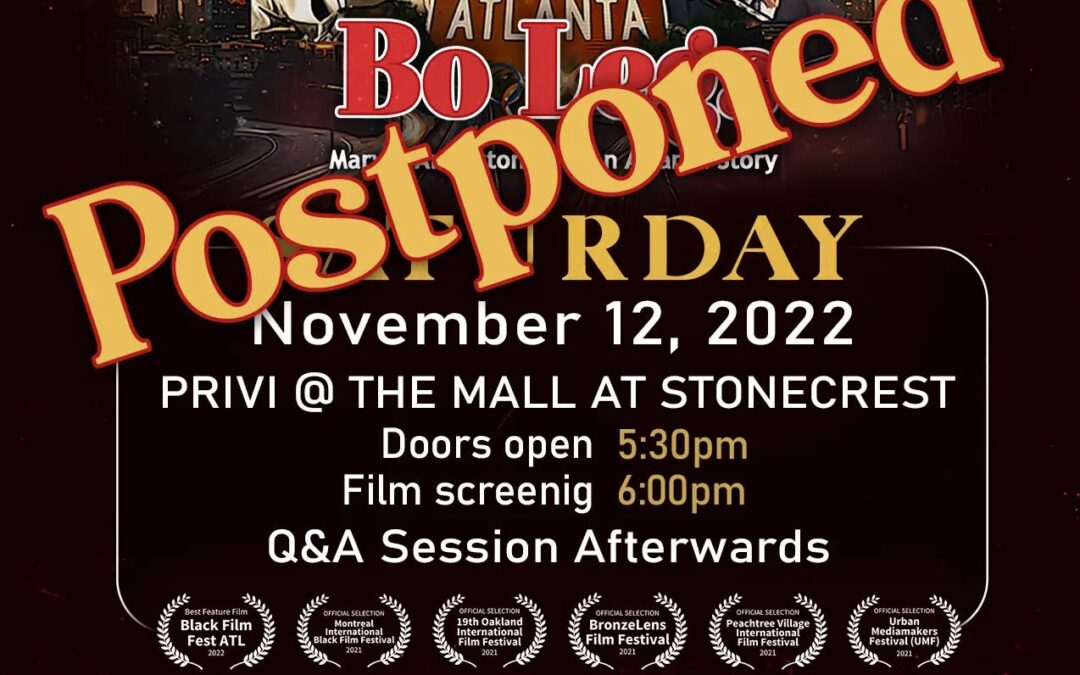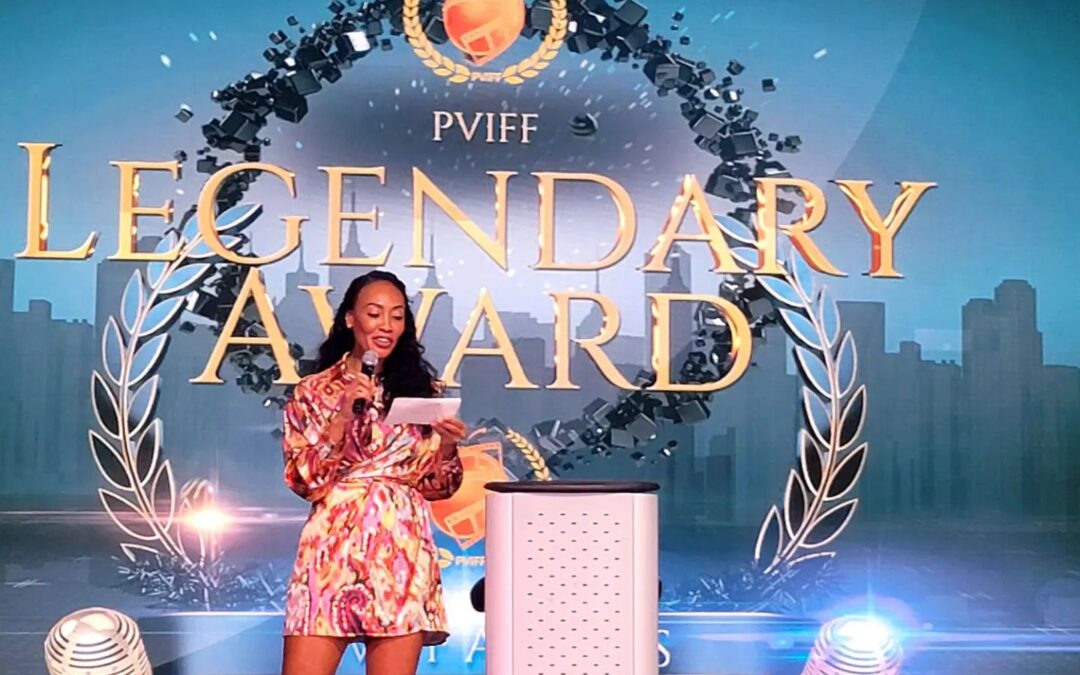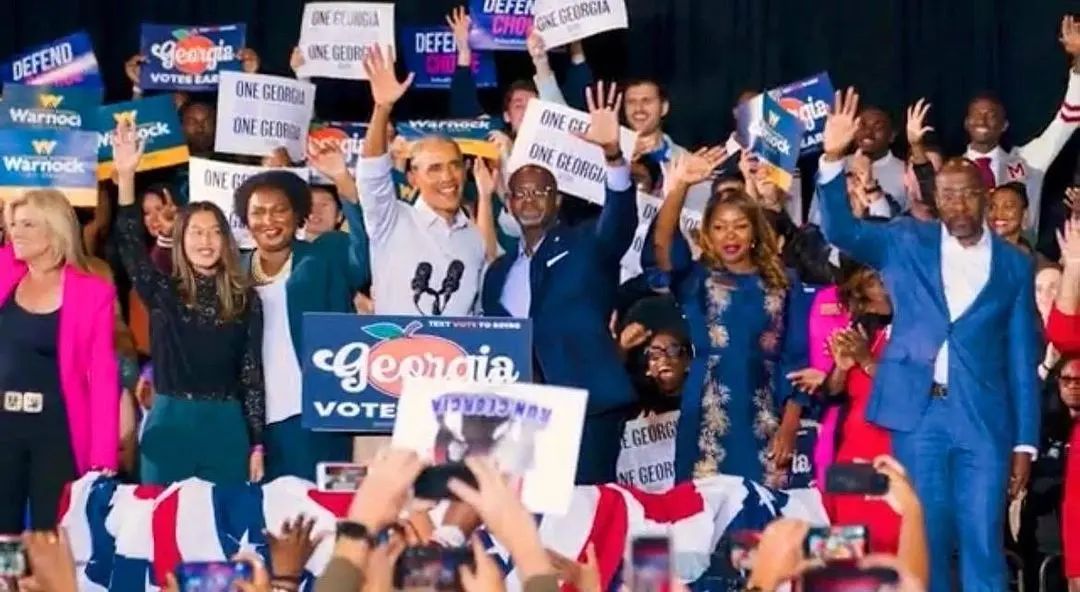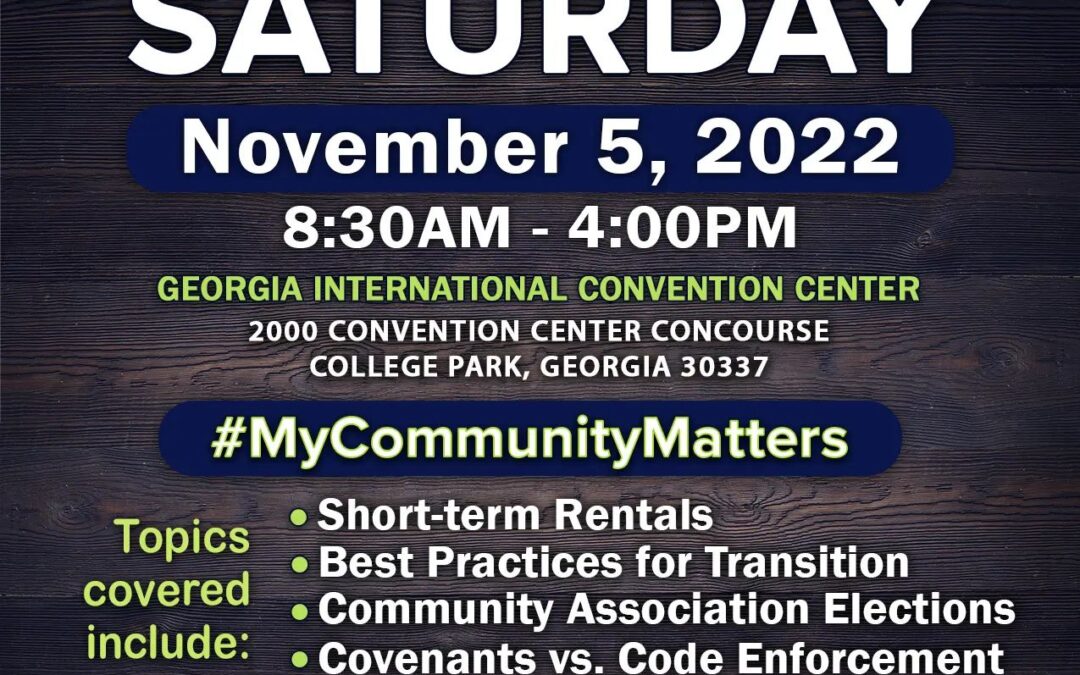
Nov 11, 2022 | A&P News
The screening for Sarurday in Stonecrest has been postponed. Stay tuned and visit BoLegsATL.com for updates and latest information.

Nov 10, 2022 | A&P News
Reposted from @jaiiesq 🤔

Nov 9, 2022 | A&P News
Thank you, Thank you, Thank you Fulton County and the residents of the current and new District 5. It is my honor to serve the citizens of Fulton County as Commissioner.
#SelectFulton
#MarvinArringtonJr
#CommissionerArrington
#FultonCounty

Nov 8, 2022 | Entertainment Industry, Music Law
Here’s the scenario: You want to make a great web-based promo for your small business. You learn a little about video editing, rent a pro-quality camera, and make an exceptional short film that showcases the reasons why your company is better than the competition. You add the music you like as the soundtrack and upload it to YouTube.
Suddenly, the video is taken down due to audio copyright issues. All that hard work and no one can view it. At Universal Production Music, we’ve heard many similar stories, so we put together this guide to help producers, editors, and professional content creators understand how to make sure your video won’t run into any audio copyright problems.
How to Legally Use Music in Videos
Though many laws seem complicated to many of us, it’s pretty easy to understand the legalese surrounding audio rights, at least when it comes to placing music in your work. Put simply; you can legally use music in videos if you have permission from the person, people, or company who owns the rights. Since the publisher and the record label usually hold music rights, you’ll have to get permission from both. From the publisher or composer, you’ll get a synchronization (or sync license). From the record label, you’ll obtain a master license (assuming the artist has a contract with a record label). You can always use a soundtrack that you write and record yourself, though most video producers don’t have the musical skills, access to recording equipment, and time that it takes to create this.
How to Legally Use Copyrighted Music
Once you decide on the piece of music you’d like to use and get in touch with the rights holders, you’ll have to negotiate a licensing deal. Generally, there are two types of deals; pay-per-use, where you pay a small sum every time your video plays, and licenses that allow you unlimited use of audio for a given amount of time. Once you decide what type of deal works for your needs and agree on a price, you can then stream, broadcast, share, or post your videos without fear of running into any audio copyright issues.
How to Get Permission to Use a Song
So how exactly do you ask for permission to use a song? If the audio you desire was written by a relatively unknown artist on a small record label, it might be possible to reach out to them directly. Of course, if you’re a small-time producer and you want to use a chart-topping single, you’ll probably have to shell out a good chunk of money if you can get through to the rights holders at all. The best way to obtain permission to use a song is to find your audio through a site specializing in selling music rights for video production.
right to stream and distribute your project. Universal Production Music is an industry leader with many years of experience and thousands of songs placed in everything from web clips to major motion pictures. We make professional music licensing easy, even for first-time content creators and producers. Browse our extensive libraries today or speak to a member of our team via Live Chat to find out more.

Nov 7, 2022 | Entertainment Industry, Music Law
Above the Line
There are two types of crew members. Above the line crew members are those who control the aesthetics of a movie, such as the director, producer and cinematographer, just to name a few. Above the line crew members are generally paid a flat fee, as provided in their employment agreements. These agreements most likely contain very complex terms and provisions than those needed for their below the line counterparts due to the nature and extent of their work on a film.
For example, a director’s employment agreement would include compensation for development and production, depending on when the director was hired. The agreement might also include a provision to share a part of the profits if the film does well at the box office.
Moreover, it is not uncommon for above the line crew to receive a daily stipend, or per diem, to cover their expenses while on-set. The agreement generally also includes provisions for how above the line crew are credited in a film, which can sometimes become highly contested.
Also, an agreement of this type might confer the right for directors to hire other crew members and to decide on the cast. A director might want to have control over the editing and final cut of the film and the extent of such control should also be memorialized in the director’s employment agreement.
Finally, an agreement with a director might have a “a right of first refusal” provision that gives the director a right to choose whether to direct any prequels or sequels of the film before the producers can hire another director. Like writers, many experienced directors are members of the DGA.
Their agreements would be subject to DGA rules and their Basic Agreement.
An agreement with a producer should also cover the basic terms of employment, such as a description of the producers’ obligations and compensation. The agreement should cover how the producer will be credited in the film.
Often, it is wise to have an exhaustive list of applicable terms memorialized in the agreement, rather than risking the possibility of running into problems in the course of the film production which could be catastrophic, especially at or near the end of the filmmaking stage.
Below the Line
“Below the Line” crew refers to those crew members who deal with hands-on aspects of filmmaking, such as lighting and sound technicians and script supervisors.
Below the line crew members are generally paid hourly, as opposed to the flat fee above the line crewmembers receive. Therefore, agreements with below the line crew are often less complex than those of their above the line counterparts.
Accordingly, a crew deal memo can be used instead of a full contract for below the line crew members. Deal memos include personal information of the crewmembers such as their name, address, and emergency contact information and social security number.
The deal memo also discusses individual crewmember’s job title, rate of compensation and expense reimbursement. The memo also covers what if any credit a crewmember will receive.
A deal memo is usually only one page long. Deal memos are often a good idea because they clearly set out all the important information on one page and copies can be made available to all crewmembers.
Because of its length, a deal memo is easy for reference, which is especially important in the event a conflict arises.

Nov 7, 2022 | Legal Community, Music Law
For a small business owner, it is critical to understand the aspects of business law that apply to your company, as they directly affect how your company operates. This includes contract law, employment law, tax law and workplace safety laws. Due to the complexities of these types of laws, it is important to get legal counsel from an attorney who specializes in small businesses.
See more legal tips for small business owners at
ArringtonPhillips.com, or call 404.349.2330 to get started today.

Nov 7, 2022 | Legal Community, Music Law
Say you want to use someone else’s copyrighted photograph in your blog or Instagram post. Is that “Fair Use” or copyright infringement? The answer is, it depends on the nature of the use, and the purpose of the use.
The Fair Use provisions of the Copyright Act allow you to copy and use copyrighted material for specific purposes — including criticism, comment, news reporting, teaching, scholarship, or research — that serve the public interest as determined by four factors:
-
The purpose and character of the use, including whether such use is of a commercial nature or is for nonprofit educational purposes.
-
The nature of the copyrighted work.
-
The amount and substantiality of the portion used in relation to the copyrighted work as a whole.
-
The effect of the use upon the potential market for or value of the copyrighted work.
Often, determining Fair Use is a no-brainer. If you’re writing a book review, you need to quote from the book in question in order to comment upon it. As a result, you have transformed the original copyrighted work into a new work in your book review.
Similarly, educational institutions can use photocopies of copyrighted work for students enrolled in a class, so long as the copying is limited to:
-
A chapter from a book.
-
An article from a periodical or newspaper.
-
A short story, short essay or short poem, whether or not from a collective work.
-
A chart, graph, diagram, drawing, or picture from a book, periodical, or newspaper.
What are the limitations of Fair Use?
There are limits to how much of a work can be copied for educational purposes. You also can’t use these photocopies as a substitute for required texts. In addition, you can’t charge for the photocopied work (except to recoup the costs of photocopying), and use of the copies by students cannot be mandatory.
In cases like these, Fair Use seems simple enough. They have served the public interest and have not harmed the market for the original work. In fact, book reviews and book excerpts often increase sales of the original work by publicizing them.
But sometimes Fair Use is harder to judge. In a
major 1973 Supreme Court case, the justices decided that even though copying and distributing medical journal articles for free to nonprofit government research libraries reduced sales to the journals’ publishers, the benefit to the public outweighed the harm to their business.
Other Cases
There are also times when determining Fair Use is a real head-scratcher. Take the case of New York “appropriation artist” Richard Prince whose work consists of taking the work of others, modifying it in some way, and then selling it — often for hundreds of thousands of dollars. As you might imagine,
he’s had several run-ins with copyright law in the past. In 2015, he was sued for adding a few emojis at the bottom of other people’s Instagram posts, taking screen-grabs, blowing them up in size, and then selling them for up to $100,000.
Does adding a few emojis to someone else’s Instagram post pass the “transformation” test required for Fair Use, or is the only transformation here one that turns the original poster’s creative work into Richard Prince’s profit? What do you think?
Want to Learn More About Fair Use and Other Intellectual Property Topics?
Protecting innovations and creative work is more crucial than ever in today’s Knowledge Economy. As a solution, “Intellectual Property: Inventors, Entrepreneurs, Creators” teaches the basics of IP to ordinary citizens, making IP accessible to everyone, not just lawyers and CEOs. Sign up for the FREE course on Udemy now and earn a certificate upon completion!
This is Part 8 of our ‘Basics of IP’ blog series. You can find Parts 1, 2, 3, 4, 5, 6, and 7 here. The following has been adapted from “Is it Fair Use or Infringement?”, a Michelson IP animated short.

Nov 7, 2022 | A&P News
Wow. Amazing @pviff awards brunch honoring @iamjasmineguy @lakeithstanfield3 @bigtommyford with special guests @bowlegged.lou @chubblive @peninabrown @iamjavonjohnson @hankstewartpoet @marvinarringtonjr @fultoncomm5 and many more sponsored by @fultonfilmsga @len_gipp

Nov 6, 2022 | A&P News
Reposted from @boddieforga TOGETHER WE CAN DO THIS!
Three days to go until polls open on Tuesday. Check my story for a link to find your polling location!
With you on our team, we can win! But I still need to raise $6k to fund our GOTV operation for the next 3 days.
Chip in TODAY at the link in my bio

Nov 6, 2022 | A&P News
Awesome event last night for @mealsonwheelsatlanta. They raised over $300,000 to feed seniors.

Nov 4, 2022 | A&P News
Come learn how to get mortgage assistance feom the State of Georgia.
$354 million !vailable for Georfia homeowners for help with past due mortgagea, past due BOA dues and past due urilities.
#mycommunitymatters #HOAAssociations #HOABoard #hoa #condo #realtor

Nov 3, 2022 | A&P News
Thanks to @cadencebank for sponsoring this years Georgia HOABootCamp.
#mycommunitymatters
#realtor #realestate #hoa #condo #shorttermrental












